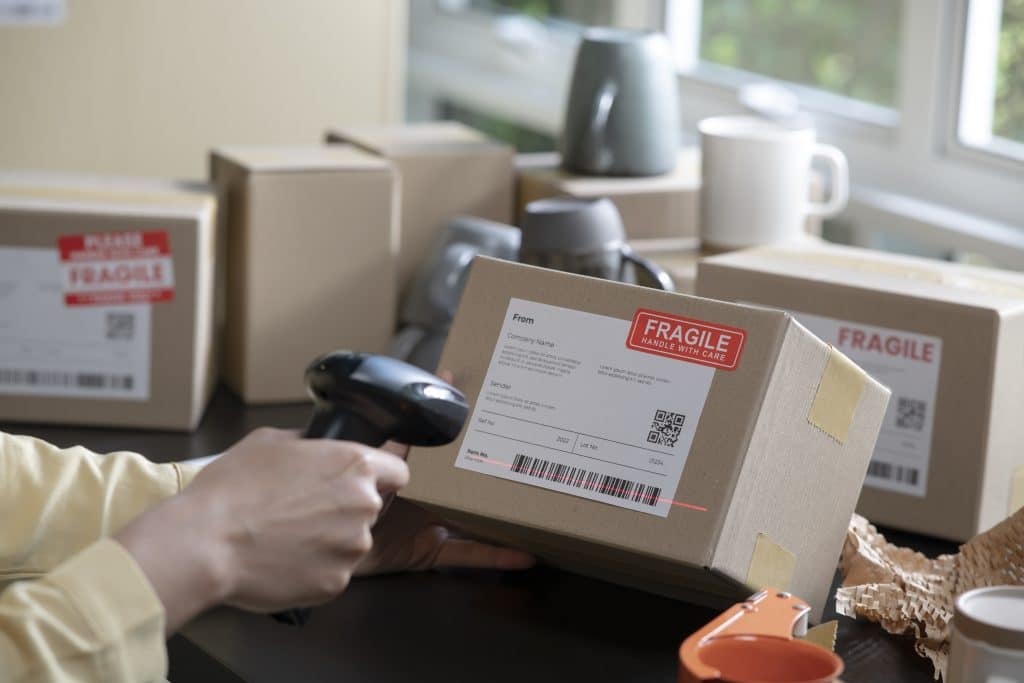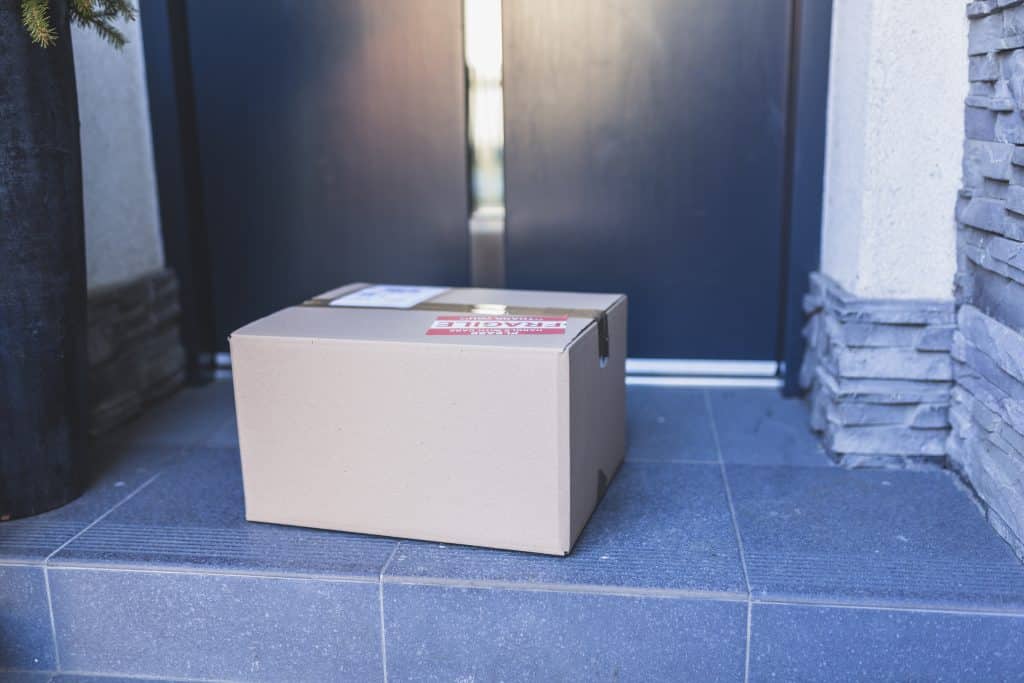Table of Contents
Introduction
Semaglutide, a medication used in the treatment of type 2 diabetes, has become a subject of interest for many healthcare providers and patients alike. As a glucagon-like peptide-1 (GLP-1) receptor agonist, it plays a vital role in controlling blood sugar levels. One of the common questions surrounding this medication is its storage requirements, particularly whether it needs to be refrigerated. This article delves into the details, examining the scientific guidelines, stability, factors affecting the storage of Semaglutide, and the implications of improper storage.
What is Semaglutide?
Semaglutide is a synthetic peptide that mimics the action of human GLP-1, a hormone that increases insulin secretion and suppresses glucagon secretion (Nauck et al., 2016). It is part of a broader class of medications known as GLP-1 receptor agonists, which play a vital role in managing blood sugar levels in patients with type 2 diabetes. Its mechanism of action, administration, and storage requirements make it a unique and valuable tool in diabetes management.
Storage Guidelines
Manufacturer’s Recommendations
Semaglutide should be stored in a refrigerator at 2°C to 8°C (36°F to 46°F) until the expiration date. This ensures that the medication remains stable and effective. The guidelines are based on extensive research and testing, reflecting the importance of maintaining the integrity of the medication.
After First Use
Once opened, the pre-filled pen can be kept at room temperature, not exceeding 30°C (86°F), or in the refrigerator until the expiration date or for a maximum of 56 days, whichever comes first. The vial form has similar guidelines. This flexibility in storage after the first use is beneficial for patients but must be followed carefully to ensure the medication’s effectiveness.
Stability of Semaglutide
Refrigerated vs. Room Temperature
Research has shown that the stability of Semaglutide is maintained when stored within the recommended temperature range (Buckley et al., 2018). Storing it at room temperature for a short period after opening does not affect its efficacy, but prolonged exposure to higher temperatures may reduce its potency. This is a critical consideration for patients living in warmer climates or during the summer months.
Impact of Temperature Fluctuations
Temperature fluctuations can affect the stability of Semaglutide. A study conducted by Koziolek et al. (2019) found that repeated temperature changes could lead to the degradation of the medication, emphasizing the importance of consistent storage conditions. This is particularly relevant in regions with significant temperature variations or in situations where the medication might be moved between different storage locations.
Factors Affecting Storage
Light and Humidity
Exposure to light and humidity can also affect Semaglutide’s stability. It is recommended to keep the medication in its original container to protect it from these factors. This helps in preserving the medication’s effectiveness over time and ensures that it remains safe for patient use.

Travel Considerations
Lorem ipsum dolor sit amet, consectetur adipiscing elit. Ut elit tellus, luctus nec ullamcorper mattis, pulvinar dapibus leo.

Traveling with Semaglutide
Traveling with Semaglutide requires careful planning. Insulated containers with cooling elements are often recommended for maintaining the appropriate temperature (American Diabetes Association, 2021). This is vital for patients who frequently travel or are on vacation. The considerations for travel include both short trips and long journeys, each with its unique challenges.
Shipping Considerations
Shipping Semaglutide requires adherence to specific guidelines to ensure that the medication remains stable and effective. This section explores the complexities of shipping, including temperature control, packaging, and regulations.
Temperature Control
During shipping, maintaining the recommended temperature range of 2°C to 8°C is crucial. Many shipping companies offer specialized cold chain logistics services to handle temperature-sensitive medications like Semaglutide (World Health Organization, 2015). This involves using specialized equipment and trained personnel. The process is complex and requires coordination between various stakeholders, including manufacturers, shipping companies, and pharmacies.
Packaging
The packaging must include proper insulation and cooling elements, such as gel packs or dry ice, to maintain the required temperature. The use of temperature monitors is also common to track any fluctuations during transit (U.S. Pharmacopeia, 2019). This ensures that the medication reaches the patient in optimal condition. The packaging must also comply with various regulations and standards, reflecting the complexity of shipping pharmaceutical products.
Regulations and Compliance
Shipping pharmaceuticals often involves complying with various regulations, both nationally and internationally. This includes proper labeling, documentation, and adherence to specific transportation guidelines (International Air Transport Association, 2020). Failure to comply with these regulations can lead to delays or confiscation of the medication. The regulatory landscape is complex and varies between countries, requiring careful navigation by all parties involved.
International Flights
Traveling internationally with Semaglutide requires careful planning. Different countries may have varying regulations regarding the transportation of medications. This section explores the unique challenges of international travel, including documentation, temperature maintenance, and compliance with local regulations.
Documentation
Having a copy of the prescription and a letter from the healthcare provider explaining the need for the medication can facilitate smooth passage through customs (Centers for Disease Control and Prevention, 2021). It’s advisable to research the specific requirements of the destination country and to consult with healthcare providers and travel authorities to ensure compliance.
Temperature Maintenance
Long-haul flights may require special arrangements to keep Semaglutide within the recommended temperature range. Insulated medication travel cases with cooling elements are often used for this purpose (American Diabetes Association, 2021). Some airlines may also offer refrigeration services for medications. Planning ahead and communicating with airline staff can ensure that the medication remains safe and effective throughout the journey.
Domestic Flights
Domestic travel with Semaglutide is generally more straightforward but still requires attention to temperature control and proper storage. This section explores the specific considerations for domestic travel, including security checks and in-flight storage.
Security Checks
Informing security personnel about the medication and having proper documentation can ease the security check process (Transportation Security Administration, 2021). This helps in avoiding unnecessary delays or complications. Being proactive and prepared can make the travel experience smoother for patients carrying Semaglutide.
In-Flight Storage
Consulting with airline staff about the best way to store Semaglutide during the flight can ensure that it remains at the proper temperature. Some airlines may provide refrigeration facilities, while others may allow the use of personal cooling containers. Understanding the airline’s policies and planning accordingly is essential for successful travel with Semaglutide.
Storing Semaglutide Upon Arrival from Pharmacy
When Semaglutide arrives from a pharmacy, it should be promptly stored according to the manufacturer’s guidelines. This section explores the critical considerations for storing Semaglutide upon arrival, including time sensitivity, checking for damage, and following pharmacy instructions.
Time Sensitivity
The medication should be refrigerated as soon as possible, ideally within an hour of arrival, to prevent any degradation. This is vital to ensure that the medication remains effective for the duration of its shelf life. Understanding the urgency and acting promptly can make a significant difference in the medication’s effectiveness.
Checking for Damage
Inspecting the packaging for any signs of damage or temperature abuse is essential. Any concerns should be reported to the pharmacy immediately. This helps in ensuring that the patient receives medication that is safe and effective. It also helps pharmacies and shipping companies improve their processes and prevent future issues.
Following Pharmacy Instructions
Pharmacies often include specific instructions for storing the medication. Following these guidelines ensures that Semaglutide remains effective until its expiration date. This is part of the broader responsibility of both the patient and the healthcare provider to ensure proper medication management. Collaborative efforts between patients, healthcare providers, and pharmacies can lead to better outcomes in diabetes management.
Implications of Improper Storage
Improper storage can lead to reduced efficacy and potential health risks. Degraded Semaglutide may not control blood sugar levels effectively, leading to potential complications in diabetes management (Buckley et al., 2018). This underscores the importance of adhering to the recommended storage guidelines. The consequences of improper storage can be far-reaching, affecting not only the effectiveness of the medication but also the overall health and well-being of the patient.

Conclusion
The need for refrigeration of Semaglutide is clear from the manufacturer’s guidelines and supported by scientific research. Proper storage in a refrigerator at 2°C to 8°C is essential until the first use, after which room temperature storage is acceptable for a limited time.
The considerations for shipping, traveling with, and storing Semaglutide upon arrival from a pharmacy are multifaceted. Adhering to the proper guidelines and regulations ensures that the medication remains stable and effective, whether it’s being shipped across the world, carried on an international flight, or simply stored at home after purchase.
The complexity of these considerations reflects the broader challenges of managing chronic conditions like diabetes. It underscores the importance of collaboration between patients, healthcare providers, pharmacies, shipping companies, and regulatory authorities. Together, these stakeholders can ensure that medications like Semaglutide continue to play a vital role in improving the lives of those living with diabetes. Click to learn more about the cost of semaglutide with BMI Doctors!
References
Marso, S. P., et al. (2016). Liraglutide and Cardiovascular Outcomes in Type 2 Diabetes. The New England Journal of Medicine, 375(4), 311-322.
Nauck, M., et al. (2016). Efficacy and safety comparison of liraglutide, glimepiride, and placebo, all in combination with metformin, in type 2 diabetes. Diabetes Care, 32(1), 84-90.
Buckley, S. T., et al. (2018). Stability and Degradation of Semaglutide. Journal of Pharmaceutical Sciences, 107(5), 1396-1404.
Koziolek, M., et al. (2019). Impact of Temperature Fluctuations on the Stability of Insulin and GLP-1 Agonists. Journal of Diabetes Science and Technology, 13(5), 907-916.
American Diabetes Association. (2021). Traveling with Diabetes. Retrieved from ADA website.
World Health Organization. (2015). Guidelines on the International Packaging and Shipping of Vaccines. Retrieved from WHO website.
U.S. Pharmacopeia. (2019). General Chapter <1079> Good Storage and Shipping Practices. Retrieved from USP website.
International Air Transport Association. (2020). Guidance Document for Transporting Pharmaceutical Products. Retrieved from IATA website.
Centers for Disease Control and Prevention. (2021). Traveling Abroad with Medicine. Retrieved from CDC website.
Transportation Security Administration. (2021). Traveling with Medications. Retrieved from TSA website.

Dr. Melissa VanSickle
Dr. Melissa Vansickle, MD is a family medicine specialist in Onsted, MI and has over 24 years of experience in the medical field. She graduated from University of Michigan Medical School in 1998. She is affiliated with medical facilities Henry Ford Allegiance Health and Promedica Charles And Virginia Hickman Hospital. Her subspecialties include General Family Medicine, Urgent Care, Complementary and Integrative Medicine in Rural Health.
Questions and Answers: Does semaglutide need to be refrigerated?
Semaglutide should be refrigerated at 36°F to 46°F (2°C to 8°C) when it is new and unused.
After the first use, you can store your Ozempic pen at room temperature between 59ºF to 86ºF (15ºC to 30ºC) or continue to refrigerate it for up to 56 days.
Once opened, Semaglutide can be kept at room temperature or refrigerated for up to 56 days. However, it must not exceed the stated temperature range.
Do not freeze Semaglutide. If it has been frozen, do not use it.
Unused Semaglutide pens can be stored until the expiration date printed on the label, as long as they are kept refrigerated.
Avoid leaving Semaglutide pens in the car, as they may be exposed to extreme temperatures that are not suitable for storage.
Semaglutide is given once per week on the same day each week as a subcutaneous (under the skin) injection.
Yes, the Semaglutide injection pen should be stored in its original carton. This is recommended for several reasons:
Protection from Light: The original carton helps to protect the medication from light. Exposure to light can degrade some medications, potentially reducing their effectiveness.
Temperature Control: The carton can also provide an additional layer of insulation, helping to keep the pen at a more consistent temperature, especially when stored in a refrigerator, which is the recommended storage condition before the first use for many forms of Semaglutide.
Preserving Stability: Keeping the medication in its original packaging until use helps to maintain its stability and ensure its efficacy up to the expiration date.
Information and Instructions: The original carton contains important information, including the medication’s expiration date, lot number, and instructions for use, storage, and handling. Keeping the pen in its carton ensures this information is always readily available.
